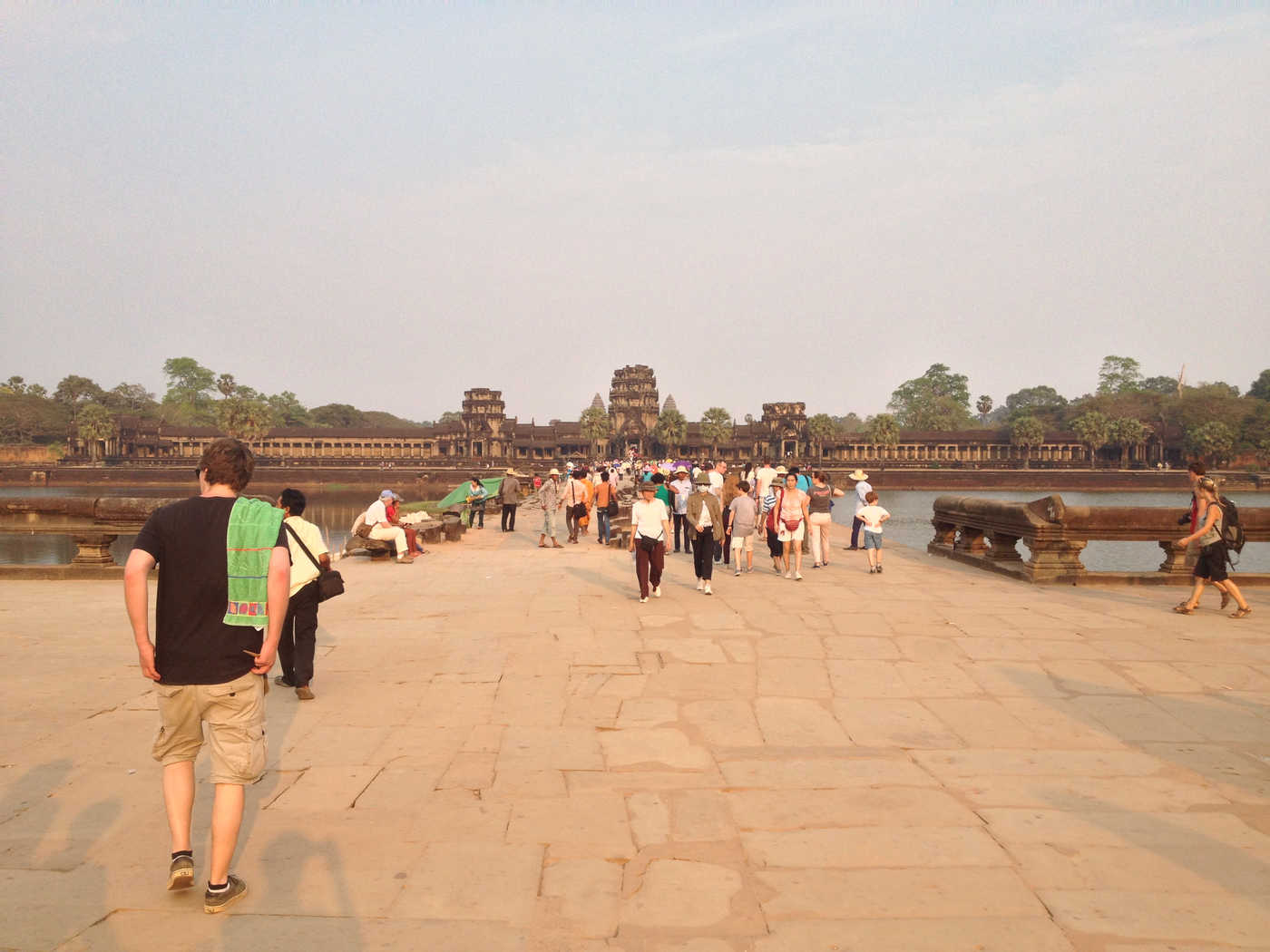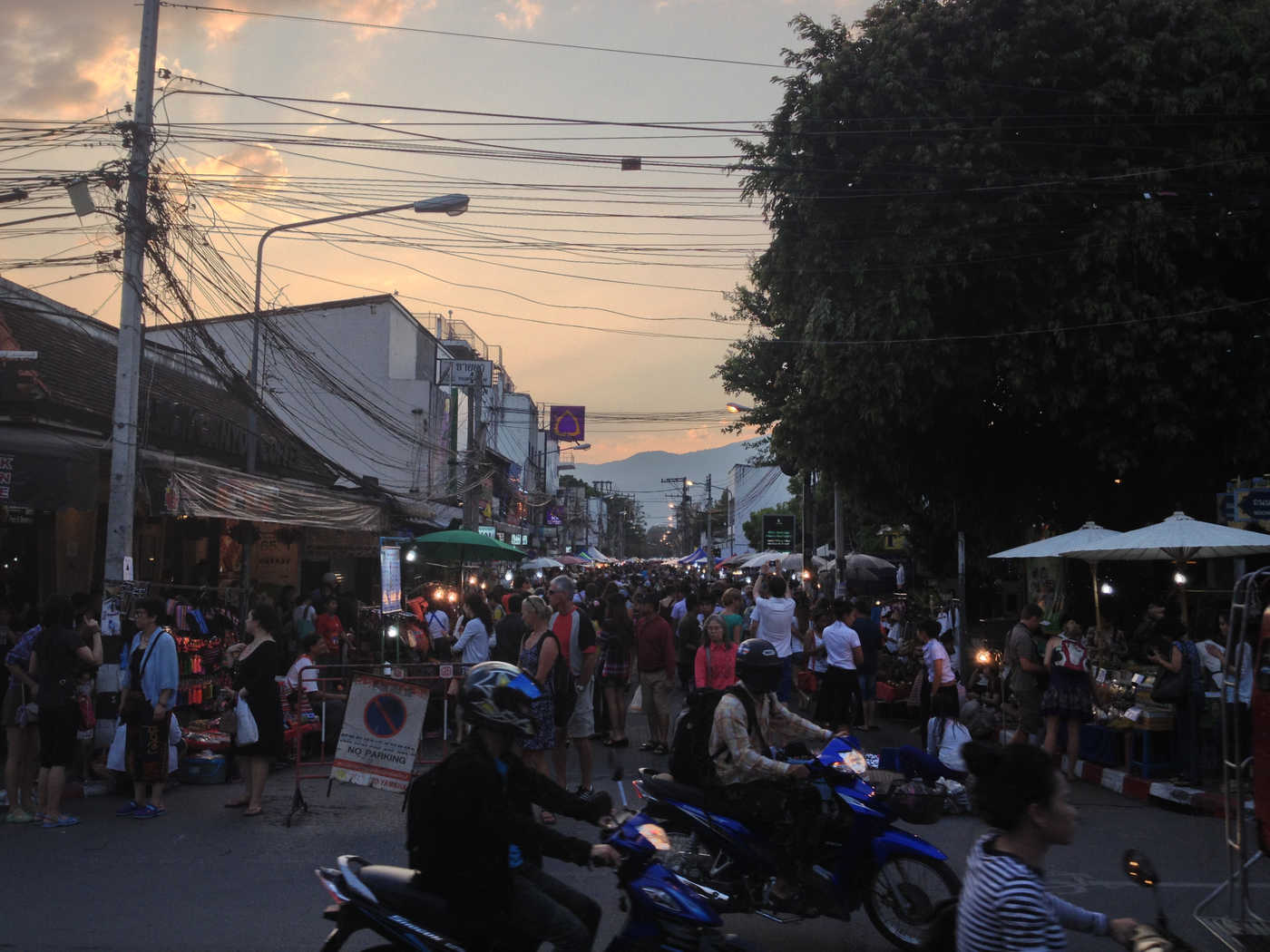Suppose I told you there was a man who wanted to destroy civilization, and in his home country he did, more or less.
That sounds like something from a James Bond movie. A villain sits in his villain chair, petting his cat, cackling, “When my grand plan is complete, civilization will be destroyed and remade according to my plan, for my people.”
But I mean that this was actually attempted. A military group seized control of Cambodia and set to work emptying cities and eliminating entire classes and groups of people. Their leader, Pol Pot, was a man ordinary in intellect but unusual in his unbalanced paranoia; fear of of other races, other classes, and hidden forces. He struggled academically when he studied in France and fell in with Marxist anarchists before dropping out and returning to the revolution in Cambodia. He must have had some talent for leadership, because he ended up in charge, and his philosophy had sufficient appeal among the violent.
Marxists were already fighting in Cambodia when Pol Pot arrived on the scene. Marx taught that all profit was exploitation, all the bourgeoisie were profiteers, and the system was built in their interests. The exploitation of workers was encoded into society’s structure. Only a workers’ revolution, setting up the “dictatorship of the proletariat”, could ultimately be trusted with power and capital. But this is not what Pol Pot believed.

